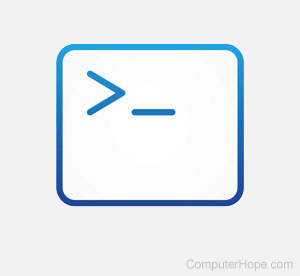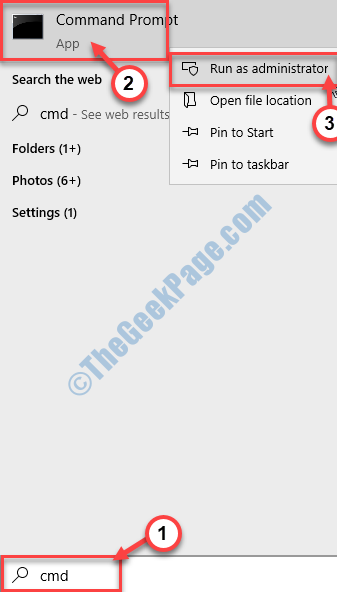

DOS COMMANDS WINDOWS 10 AUTOFIL WINDOWS 8
In Windows 8 and 10, you can even use a special switch to restart your computer into the advanced startup options menu.
DOS COMMANDS WINDOWS 10 AUTOFIL HOW TO
RELATED: How to Use the Advanced Startup Options to Fix Your Windows 8 or 10 PC

You can use the command to create your own shortcuts and place them on your Start menu, desktop, or even taskbar. Admittedly, it was more useful in Windows 8 (where the shut down button was harder to access), but still handy no matter what version of Windows you use. The shutdown command lets you shut down or restart Windows. shutdown: Create Shutdown Shortcuts for Windows RELATED: How To Troubleshoot Internet Connection Problemsįor more information about using these commands-and other great tools for figuring out why your network or Internet connection is giving you problems-check out our introduction to troubleshooting Internet connection problems. For example, if you run tracert, you’ll see information about each node the packet interacts with on its way to reach our server. If you’re having issues connecting to a website, tracert can show you where the problem is occurring. The tracert command traces the route it takes for a packet to reach a destination and shows you information about each hop along that route. RELATED: How to Use Traceroute to Identify Network Problems You’ll be able to see if any packets didn’t make it to the destination-perhaps you’re experiencing packet loss-and how long it took to get the response-perhaps the network is saturated and packets are taking a while to reach their destinations. The server at that IP address (in our case, the How-To Geek server) will respond and let you know it’s received them. You can use either a name or the actual IP address. Type ping (or whatever Internet server you want to test) and Windows will send packets to that address. If you’re experiencing issues connecting to a website or other network connection issues, Windows and other operating systems have some standard tools you can use to identify problems.įirst, there’s the ping command. ping and tracert: Troubleshoot Network Connection Issues Windows uses a cache that remembers DNS responses it’s received, saving time when you access the same addresses again in the future. To ensure Windows is getting addresses from the new DNS servers instead of using old, cached entries, run the ipconfig /flushdns command after changing your DNS server. If you change your DNS server, the effects won’t necessarily take place immediately. RELATED: 7 Reasons to Use a Third-Party DNS Service ipconfig /flushdns: Flush Your DNS Resolver Cache

Look under “Wireless LAN adapter” if you’re connected to Wi-Fi or “Ethernet adapter” if you’re connected to a wired network. For even more details, you can use the ipconfig /all command. You’ll see a list of all the network connections your computer is using.

To use the command, just type ipconfig at the Command Prompt. The ipconfig command is a fast way of determining your computer’s IP address and other information, such as the address of its default gateway-useful if you want to know the IP address of your router’s web interface. You can find your IP address from the Control Panel, but it takes a few clicks to get there. RELATED: 10 Useful Options You Can Configure In Your Router's Web Interface


 0 kommentar(er)
0 kommentar(er)
